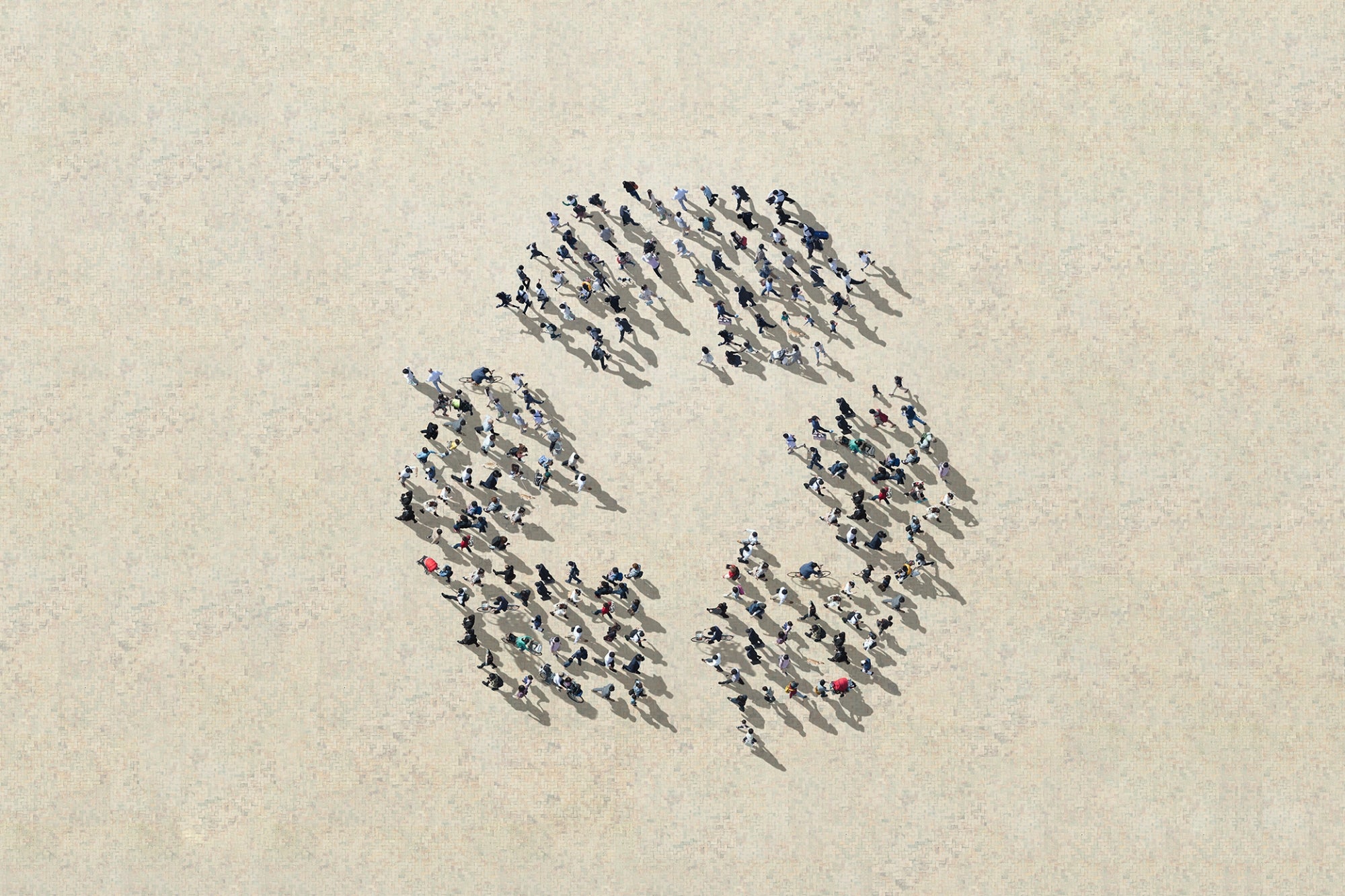Want More Productive Meetings? Try Getting Rid of the Chairs. Getting up and moving away from the conference table can increase collaboration and performance, a new study finds.
By Laura Entis
Opinions expressed by Entrepreneur contributors are their own.
Meetings are tricky, fickle things. The best ones encourage collaboration, productivity, strategy and focus, ultimately boosting overall performance. But when managed poorly, meetings can easily devolve into pointless, expensive time-sucks.
Some top-level executives understand this, enforcing various strategies in an attempt to ensure meetings remain a constructive use of employees' time and resources: Sheryl Sandberg, Facebook's COO, reportedly maintains focus by sticking to a strict, bullet-pointed schedule, while Amazon's Jeff Bezos employs a "two-pizza rule," which keeps meetings small enough so that two pizzas can feed the entire group.
There are countless other strategies, many of which are effective and insightful. Few, however, reconsider the way typical meetings are physically structured, i.e. with employees seated around a conference table.
That's a mistake, says Andrew Knight, an assistant professor of organizational behavior at Washington University in St. Louis. Along with a team of researchers, Knight studied the way groups interact both while standing versus while sitting and has found a surprising distinction: The simple act of standing can improve group performance.
Related: The Science Behind Why Small Teams Work More Productively
In the study, 214 college students ( all wearing fitness trackers) were broken into 54 groups, ranging in size from three to five participants. Each group was then given 30 minutes to plan a university recruitment video that, at the end of the allotted time, was filmed by a research assistant.
All groups worked in a room with a white board and a rectangular table. But here's the catch: While half of the groups found chairs arranged around the table, as one would expect, the other half were placed in a chairless room, forcing them to work together while standing up.
The researchers found that not only did groups in the latter situation record higher energy levels, the simple act of standing, it seems, made their members less territorial. Unlike when employees sit around a conference table, and space is clearly segregated, standing created a shared working space.
"Our research shows that if people are standing up in a meeting, they are less protective of their own ideas, which allows other people to build on, extend and modify the contributions that people are making in the group," Knight says. "It makes people more collaborative."
What's more, after the videos were filmed, they were rated by three independent researchers on factors including creativity and polish. The groups that had worked together while standing, on average, produced higher-rated videos.
Related: 11 Ways Top Execs Like Marissa Mayer and Jeff Bezos Run Meetings Effectively
We caught up with Knight to find out what inspired this line of research, and its implications on the way businesses think about designing conference spaces. Here are his responses, edited for length and clarity:
Entrepreneur: What drew you to this area of study?
Knight: Initially, it came out of a running set of hallway conversations with a colleague while our school was in the midst of construction. There were committees that scrutinized everything, from whether the windows would open, to where the white boards would go, to the type of furniture involved, including the option of getting standing desks…I became very interested in how all of this would impact how people interact with one another at work. We started thinking about how the typical conference room setup -- what would happen if we pulled the chairs and tables out of the room and had people hold that same kind of meeting in a non-sedentary space?
Entrepreneur: We now know that sitting all day is terribe for us, but your research seems to suggest there are other reasons to stand at work on top of the health benefits.
Knight: Exactly. With using a standing desk, pretty much all of that research has focused on individual outcomes, and especially, individual health outcomes. In this study, we were interested in exploring how standing might also influence interpersonal interactions in group settings.
Related: Work, Eat, Sleep: How These Products Are Trying to Improve Your Daily Grind
Entrepreneur: Have you seen instances where companies are organically organizing standing meetings?
Knight: It's relatively rare in most typical business contexts. These are norms that have developed over time in design-oriented organizations, or in the Scrum process [which emphasizes the importance of a flexible, non-traditional strategy for managing software product development]. Frankly they don't exist in the traditional office environment.
Instead, you have this massive conference table in the middle of the room, and people immediately come in claim a chair. I think what needs to change are the norms around standing at work: It should be less -- you're the weird guy standing up! -- and more, this is something that can actually change how people interact with another in a positive way.
Entrepreneur: Any big-picture takeaways from your study?
Knight: The way you design a space influences how people interact and work with one another. More specifically, our study suggests that if you are engaging in a brainstorming session, you should push the chairs out the way and stand up, because if you do that you are going to be physiologically more activated and you are also likely to engage in a more collaborative idea generation process.
Related: 4 Strategies to Sharpen Your Focus












